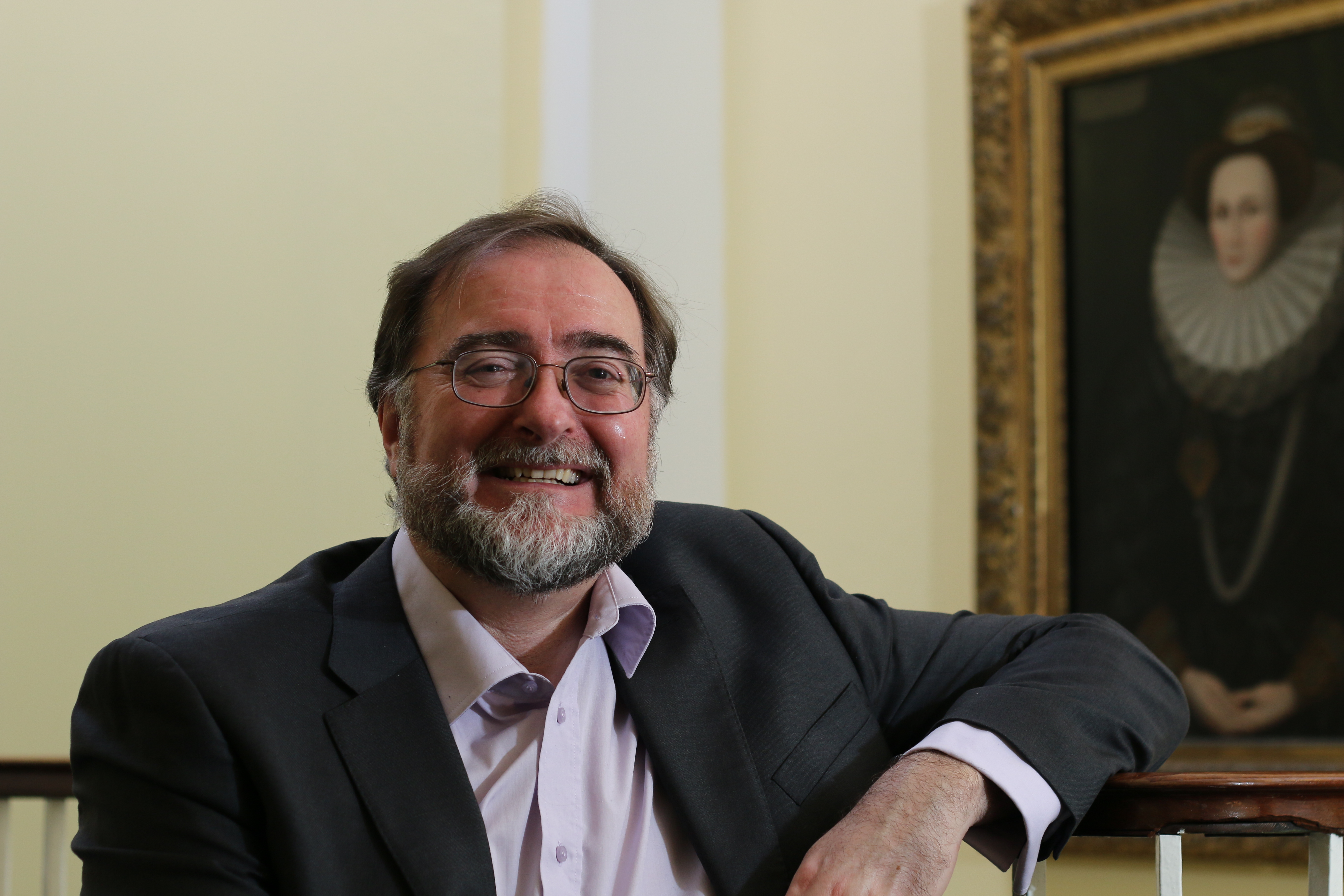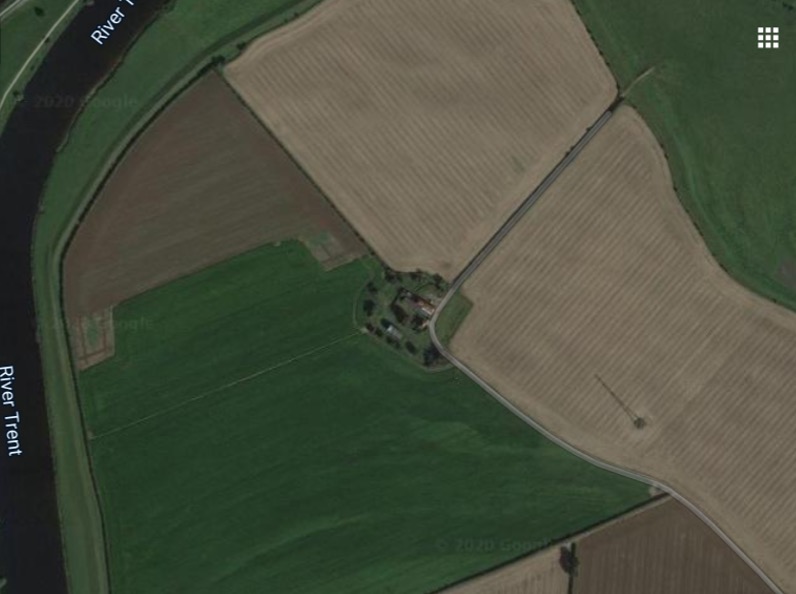Research by a University of Nottingham Civil War expert has shone new light on a little-known massacre that took place in Nottinghamshire 375 years ago this month.
Dr David Appleby has been digging into historical archives to piece together a fuller picture of the shocking story of a Parliamentarian attack on a Royalist garrison at Shelford, on the River Trent near Nottingham.
Shelford Manor, on the site of the old Shelford Priory, was stormed on 3rd November 1645 when the garrison's Royalist defender Philip Stanhope refused to surrender to forces led by Colonel John Hutchinson and Colonel-General Sydenham Poyntz. In a frenzied attack Stanhope was killed and around 160 Royalist soldiers were brutally massacred, allegedly along with several women and children.1
Although the scale of the Shelford massacre was already known, no detailed historical investigation into the event has ever been carried out. Dr Appleby also set out to find out why the massacre has not been more widely reported throughout history, and why the atrocities in this small Nottinghamshire village seem to have been erased from social memory.
The research adds weight to the modern-day perception that the Civil Wars in England, Scotland and Ireland between 1642 and 1651 were far from civil. They were a series of violent battles and political wrangling between Parliamentarians known as Roundheads, and Royalists (Cavaliers) over who should rule the country and how it should be governed. In England and Wales alone, a larger proportion of the population died in the Civil Wars than in the First World War.
Dr David Appleby said: "The storming of Shelford Manor was as violent and nasty as any of the more famous battles of the British Civil Wars. I was prompted to look into it in depth as the name Shelford kept cropping up in the documents I was transcribing for our Civil War Petitions project. (This focuses on the personal pleas for state financial aid from victims and families of the war for decades afterwards.) Shelford lies just off the A52 on my way into work, so I've driven past it hundreds of times, completely unaware it was the site of a massacre. I wondered why I'd never heard of it, and why it wasn't mentioned in the two main works on Civil War atrocities in England

Having reconstructed the event using all available archives and historical writings, I began to discover how and why both the Royalists and the Parliamentarians covered up the massacre. It begs the question; how many more cover-ups of violent episodes were there during the Civil Wars?"
In an extensive research paper published in the OUP journal Historical Research, Dr Appleby argues that the paucity of historical writing on Shelford was to all intents and purposes a cover up. The cover up, and the resulting social amnesia, were stemmed partly from serious divisions within the Royalist ranks about the recruitment of foreigners and Catholics in Charles I's armies.
There were few recorded mentions of the Shelford massacre in the decades that followed the Civil War years and even fewer as the centuries passed. I believe that the frenzied nature of the attack was partly driven by anti-Catholic prejudice and partly by a desire for revenge. The Parliamentarians' home communities - places such as Trent Bridge and Leicester - had suffered badly at the hands of these same Royalists only months earlier. The subsequent burying of the Shelford story is perhaps a reflection of both sides' shame and embarrassment at the bloodshed and viciousness of the supposedly 'civil' Civil Wars.

The above image is a Satellite image of the Royal garrison site today © Google Earth
The most intriguing evidence of social forgetting comes from the village of Shelford itself. General Poyntz had intended to install a garrison in Shelford House after the storming, but during the night of 3 November the building was set alight. It was claimed that the fire had been started deliberately by the villagers. Like so many communities the local inhabitants had found living cheek-by-jowl with a military garrison highly unpleasant, and ultimately dangerous. The impulse to remove Shelford House from the physical landscape appears to have been matched by an equally strong desire to erase it from the communal memory. The only evidence that the body of Philip Stanhope was laid to rest in Shelford parish church is a short mention on his mother's memorial stone.
"Given that Shelford is still a small, close-knit community," said Dr Appleby, "it is strange that even long-established families appear to possess no discernible folk memory of the most important event in the village's history; neither are there any local ghost stories or commemorative place-names to parallel those found in abundance at other civil-war sites."
'Fleshing out a massacre: the storming of Shelford House and social forgetting in Restoration England' by David J. Appleby, is available online here or from the contacts below.
The research is part of a large AHRC-funded project, Civil War Petitions – Conflict, Welfare and Memory during and after the English Civil Wars, 1642-1710.






